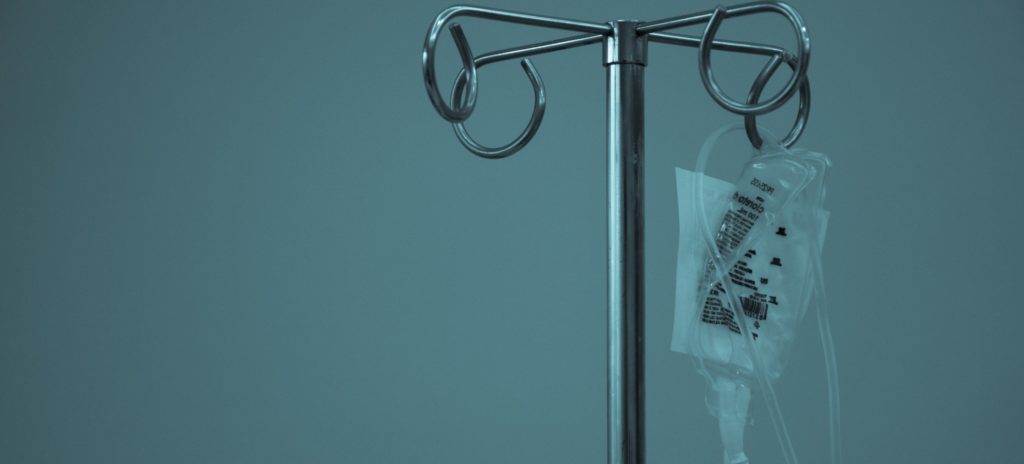
Since January is National Blood Donor Month, we thought we’d dig into some of the more interesting facts about donating blood. The American Red Cross is currently experiencing a shortage — a time when they’re sending more lifesaving donations than the number of people coming in to donate. While not everyone is eligible or able to give blood, those who can are highly encouraged to make an appointment.
Universal Donors
Universal donors are people with the blood type O negative. The reason that this matters so much is because receiving the wrong type of blood can actually be fatal for patients. Only 7% of the population are potential universal donors, making them fairly rare.

Single Donations Are Spread Around
A pint of blood (the amount people generally donate at once) doesn’t necessarily go to just one patient. Depending on what their needs are, they may receive only a specific part of the blood for treatment. This targeted approach means that a single donation can save 3 different lives.
Holiday Dips
Sadly, the holidays are often the times when organizations like the Red Cross see the fewest donations. Given that someone needs blood somewhere in the United States every 2 seconds, this can lead to major shortages during what is otherwise seen as the season of giving.
You Might Just Save Your Own Life
While most blood donations go to helping people survive cancer, it turns out that the simple act of donating can actually help reduce your own risk of developing cancer. This has been linked to the reduction of iron in the body when you donate regularly.
Few Donate
Less than 40% of the population is eligible to donate blood, and of those people less than 10% actually do. Blood and the lifesaving components of it can’t be artificially manufactured in a laboratory. It’s up to all of us to make sure we’re doing what we can and to give when and where we can.

